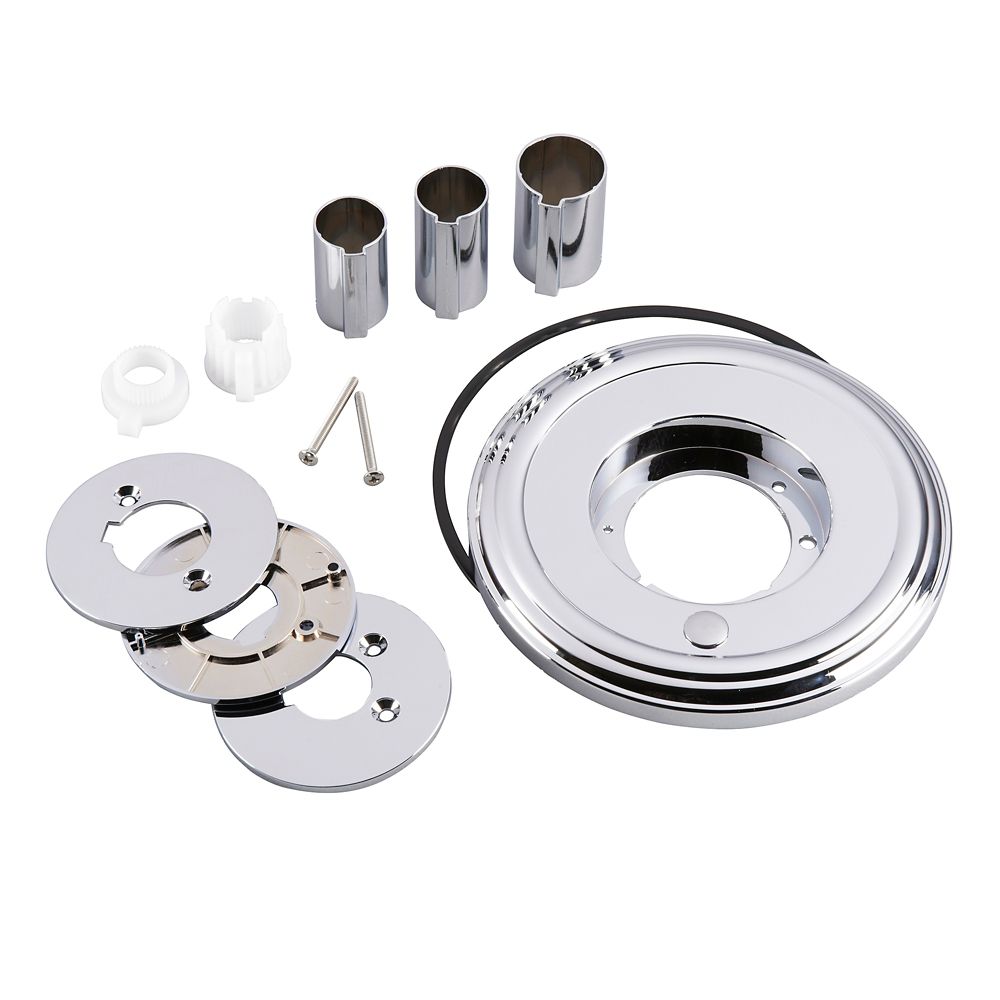Table of Content
Unopposed acceleration due to mechanical forces, and consequentially g-force, is experienced whenever anyone rides in a vehicle because it always causes a proper acceleration, and also always a coordinate acceleration . Whenever the vehicle changes either direction or speed, the occupants feel lateral or longitudinal forces produced by the mechanical push of their seats. A classic example of negative g-force is in a fully inverted roller coaster which is accelerating toward the ground. In this case, the roller coaster riders are accelerated toward the ground faster than gravity would accelerate them, and are thus pinned upside down in their seats. In this case, the mechanical force exerted by the seat causes the g-force by altering the path of the passenger downward in a way that differs from gravitational acceleration.
In the absence of gravitational fields, or in directions at right angles to them, proper and coordinate accelerations are the same, and any coordinate acceleration must be produced by a corresponding g-force acceleration. An example here is a rocket in free space, in which simple changes in velocity are produced by the engines and produce g-forces on the rocket and passengers. The flat-headed form was adopted by the early English hand from the Irish and remained the only form of the letter in use in England until the introduction of Carolingian writing by Norman scribes in the 12th century. Meanwhile, certain changes had taken place in the sound represented by the letter.
British Dictionary definitions for g (1 of
Any of the speech sounds represented by the letter g. The seventh letter of the modern English alphabet. Unless the information is of a public nature, do not share data with any account outside of University control, including your personal Google account. Personal accounts may not be used for University business.

The difference in downward motion, now faster than gravity would provide, is caused by the push of the seat, and it results in a g-force toward the ground. Considered in the frame of reference of the plane his body is now generating a force of 1,450 N downwards into his seat and the seat is simultaneously pushing upwards with an equal force of 1,450 N . Since g-forces indirectly produce weight, any g-force can be described as a "weight per unit mass" . When the g-force is produced by the surface of one object being pushed by the surface of another object, the reaction force to this push produces an equal and opposite weight for every unit of each object's mass. The types of forces involved are transmitted through objects by interior mechanical stresses. Gravitational acceleration is the cause of an object's acceleration in relation to free fall.
Human tolerance
In the case of an increase in speed from 0 to v with constant acceleration within a distance of s this acceleration is v2/. This top-fuel dragster can accelerate from zero to 160 kilometres per hour in 0.86 seconds. Combining this with the vertical g-force in the stationary case using the Pythagorean theorem yields a g-force of 5.4 g. This article is about effects of long acceleration. A unit of acceleration in free fall due to gravity. On Earth this is about 32 feet per second per second (9.81 m/sec2).
Click on the arrows to change the translation direction. When vibration is experienced, relatively low peak g levels can be severely damaging if they are at the resonant frequency of organs or connective tissues. Please help improve this section by adding citations to reliable sources.
G | Business English
DisclaimerAll content on this website, including dictionary, thesaurus, literature, geography, and other reference data is for informational purposes only. This information should not be considered complete, up to date, and is not intended to be used in place of a visit, consultation, or advice of a legal, medical, or any other professional. Recent research carried out on extremophiles in Japan involved a variety of bacteria (including E. coli as a non-extremophile control) being subject to conditions of extreme gravity.
It is hard in those derivations from γυνή (gynḗ) meaning woman where initial-worded as such. Soft ⟨g⟩ is also used in many words that came into English from medieval church/academic use, French, Spanish, Italian or Portuguese – these tend to, in other ways in English, closely align to their Ancient Latin and Greek roots . G is the seventh letter of the alphabet and the deuteragonist of the series.
Words nearby g
The new letter was placed in the alphabet in the place of Greek zeta (Ζ) which was not required in the Latin alphabet. The unit g is not one of the SI units, which uses "g" for gram. Also, "g" should not be confused with "G", which is the standard symbol for the gravitational constant.
Aside from the information listed above, there is information that is of a private nature and should only be shared with people within the University with a business need to know. All faculty, staff, and students will be provided access to Google Apps via their ONID account. These accounts may be used to conduct university business within the Google cloud. Choose features, assign macros and key binding, create color breaks and animations, all with a simple, intuitive interface.
The human body is better at surviving g-forces that are perpendicular to the spine. The g-force acting on a stationary object resting on the Earth's surface is 1 g and results from the resisting reaction of the Earth's surface bearing upwards equal to an acceleration of 1 g, and is equal and opposite to gravity. The number 1 is approximate, depending on location.
An accelerometer, in its simplest form, is a damped mass on the end of a spring, with some way of measuring how far the mass has moved on the spring in a particular direction, called an 'axis'. In the case of a shock, e.g., a collision, the g-force can be very large during a short time. The g-force acting on an object under acceleration can be much greater than 1 g, for example, the dragster pictured at top right can exert a horizontal g-force of 5.3 when accelerating. The g-force acting on an object in any weightless environment such as free-fall in a vacuum is 0 g.
Its magnitude is equal to the thrust-to-weight ratio times g, and to the consumption of delta-v per unit time. The g-force experienced by an object is due to the vector sum of all non-gravitational forces acting on an object's freedom to move. In practice, as noted, these are surface-contact forces between objects. Such forces cause stresses and strains on objects, since they must be transmitted from an object surface. Because of these strains, large g-forces may be destructive.
Unsourced material may be challenged and removed. The uncial form of the letter in the 6th and 7th centuries was a transitional form between C and G. The form with a rounded head, from which the modern minuscule g is derived, appears first in Latin cursive writing about the beginning of the 7th century, taking the place of earlier forms.



























